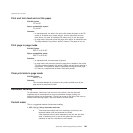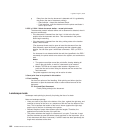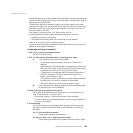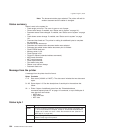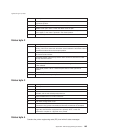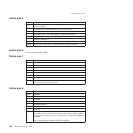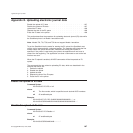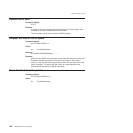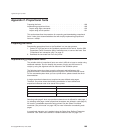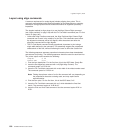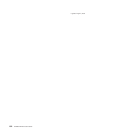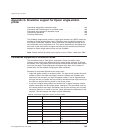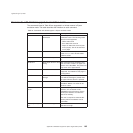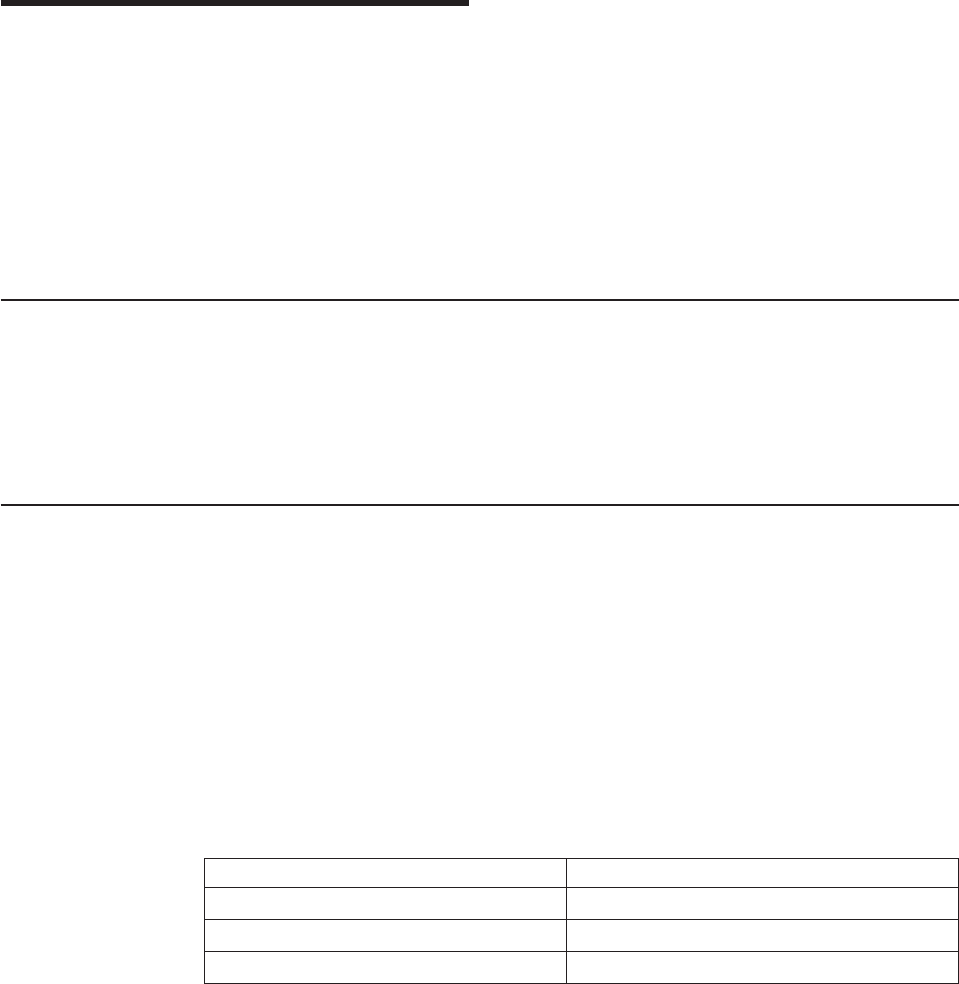
Appendix F. Proportional fonts
Preparing the fonts .......................189
Implementing proportional fonts ..................189
Layout using align commands ..................190
Layout using set tab position ..................191
This section describes the procedure for converting and downloading proportional
fonts. It also gives recommendations that will simplify implementing proportional
fonts on a receipt.
Preparing the fonts
Downloading proportional fonts to the SureMark is a two-step process:
1. Convert a TrueType font to the SureMark proportional font format. Use the IBM
Proportional Fonts Conversion Utility, fontconvert.exe, to convert the fonts. See
“Proportional font conversion utility” on page 37.
2. Download the converted font file to the printer.
Implementing proportional fonts
The variable width of proportional fonts can make it difficult to layout a receipt using
traditional methods. You can simplify the process of laying out the format of a
receipt by using the alignment and tab features of the SureMark printer.
The following topics show how to use the alignment and tab features with
proportional fonts. Command descriptions are given in EIA-232 command format.
For the command syntax when you use a printer driver, please consult the driver
documentation.
A single proportional character set requires two user-defined code pages.
Therefore, the printer allows the following combination of user-defined and
proportional character sets to be stored in the printer.
Number of Proportional Character Sets Number of User-Defined Character Sets
04
12
20
Selecting code page 2 when a proportional character set is defined for code page 1
(or selecting code page 4 when proportional characters are defined in code page 3)
will result in unreadable characters being printed. See the Select Print Mode
command (“Set print mode” on page 129) for more information on selecting code
pages.
A proportional character set is enabled using the Select User-Defined Characters
command. See “Select user-defined or resident character sets” on page 134.
Updated April 2, 2009
© Copyright IBM Corp. 1997, 2006 189



